16 years old is the first big milestone towards adulthood, with many things you can (legally) do at this age: leave home, join the army, apply for an adult passport, have sex, get married, register to vote and so on. But crucially, 16 is when you can legally start to ride a motorcycle on the road. You can only ride a small 50cc moped and it may be your first set of wheels to get around, but what is involved, what does it cost and is it really worth getting a 50cc motorbike at 16?
What can you ride at 16?
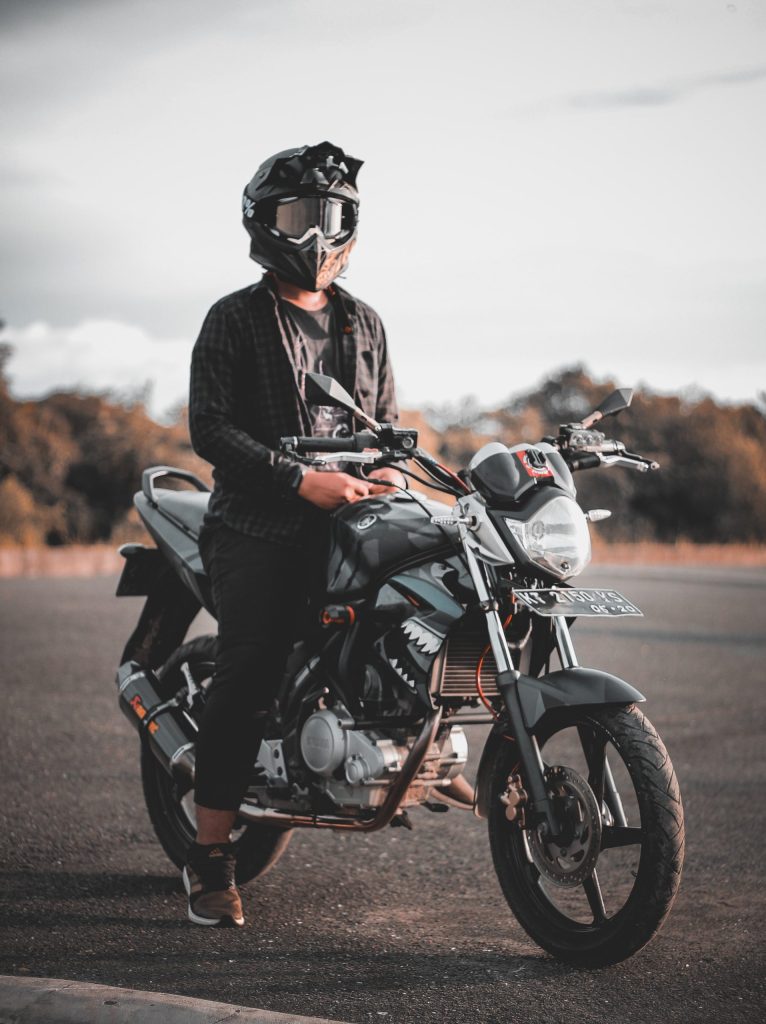 In the UK at age 16, you can legally ride a 50cc moped with a top speed of 45km/h (30mph). OK, certainly no speed daemon, but it’ll get you around faster than a push bike and will have more street cred.
In the UK at age 16, you can legally ride a 50cc moped with a top speed of 45km/h (30mph). OK, certainly no speed daemon, but it’ll get you around faster than a push bike and will have more street cred.
The most common 50cc bike will be a twist’n’go scooter with automatic gears. However, there are a number of traditional geared 50cc motorbikes available, ranging from basic commuter bikes to retro classics, dirt bikes to race replicas. Basic Chinese bikes start at around £1k, with prices going up to about £4k for posher Italian models from the likes of Aprilia.
What do I need to do to get on the road?
First, apply for a provisional driver’s license. You can do this up to 3 months before your 16th birthday. A driver’s license is a good form of photo ID to have anyway.
Second, undertake your motorcycle CBT, Compulsory Basic Training, the first step for everyone wanting to get on a motorbike. Find a local motorcycle training school and book yourself on. You will need to present your provisional driver’s license and be wearing suitable attire (no flip-flops!) Most riding schools have bikes, helmets and gloves you can borrow/hire, however, many training schools I contacted only had automatic 50cc scooters to hire. Although your CBT will still allow you legally to ride a ‘geared bike’, many schools offer short training sessions to get you accustomed to gears on a 125cc bike when you turn 17.
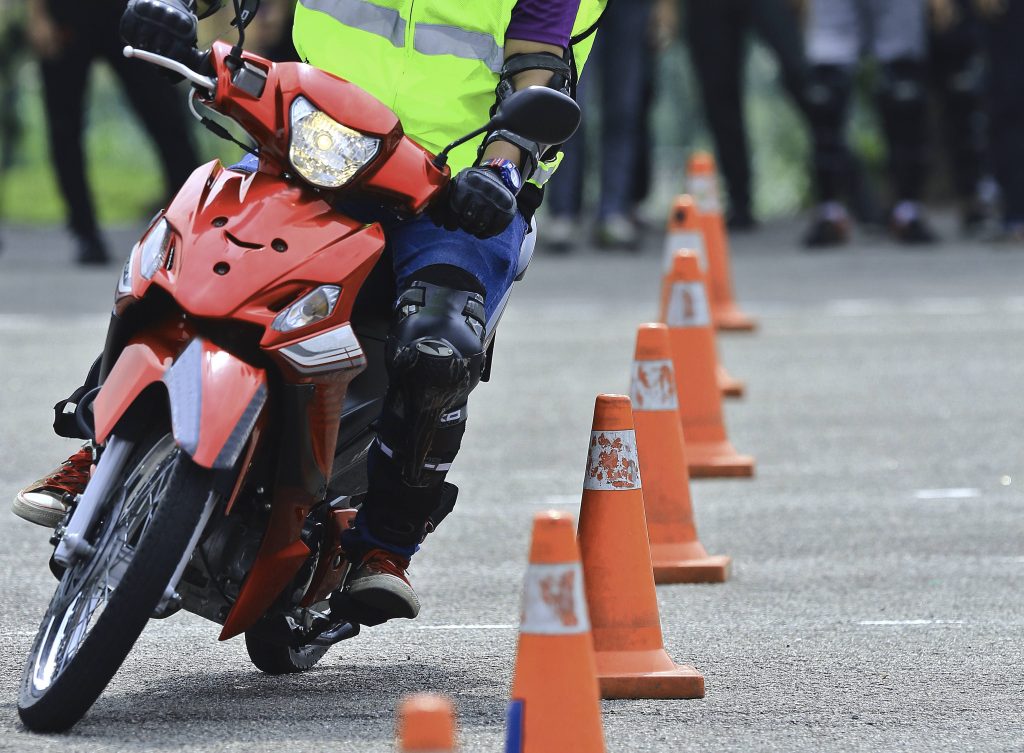 Your motorcycle CBT will typically be 1 day’s basic training, part theory, part getting used to the bike in a car park, and then finally a short observed ride on the road. Once passed, you’ll be allowed to ride on the road for 2 years with ‘L’ plates on your bike. After 2 years you will need to redo your CBT or take a proper bike test. With just a CBT you cannot ride on a motorway or take a pillion passenger.
Your motorcycle CBT will typically be 1 day’s basic training, part theory, part getting used to the bike in a car park, and then finally a short observed ride on the road. Once passed, you’ll be allowed to ride on the road for 2 years with ‘L’ plates on your bike. After 2 years you will need to redo your CBT or take a proper bike test. With just a CBT you cannot ride on a motorway or take a pillion passenger.
Lastly, you just need to find yourself a 50cc motorcycle or scooter, stick on some ‘L’ plates and get it insured.
How much is it going to cost?
- Provisional Driving License – £34 (or £43 for a postal application or non-UK residents)
- CBT – between £100-150 (weekend bookings are usually more expensive)
- Motorbike/scooter – £1000-4000 depending on what you want, whether you go cheap Chinese or second hand etc.
- Insurance – £200-£2000 depending on what bike you get, where you live, where it’ll be parked etc.
- ‘L’ plates – £5-10
- Motorcycle helmet: £100+
Other motorcycle kit is not a legal requirement but is highly recommended. At the very least get some boots and gloves. It can all add up, but cheap brands or second-hand clothing will still be better than none. It should all last you a few years too.
What Motorcycle Insurance Do I Need?
To ride legally on the road, you must have at least third-party motorcycle insurance.
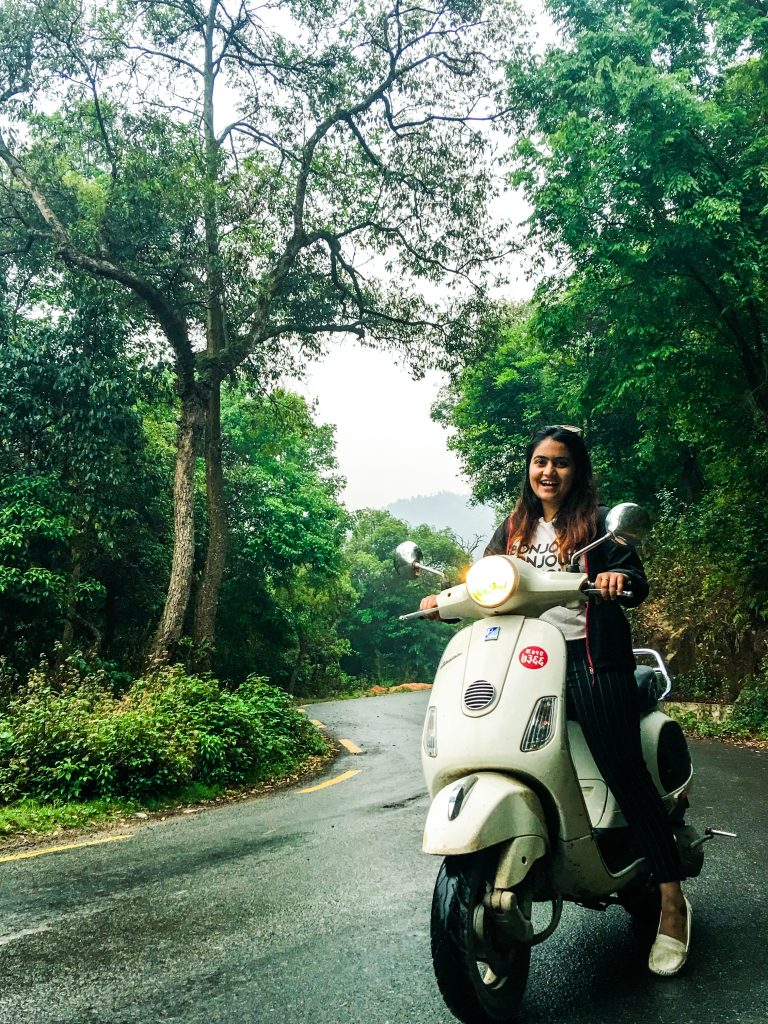 Third-party insurance will pay out to others if you happen to crash into someone, it will not however cover repairs to your bike. But note, if a crash is someone else’s fault, their insurance should cover the cost of your bike.
Third-party insurance will pay out to others if you happen to crash into someone, it will not however cover repairs to your bike. But note, if a crash is someone else’s fault, their insurance should cover the cost of your bike.
Third-party, Fire & Theft (TPFT) insurance covers damage you do to third parties, and the cost of your bike should it be stolen or written off in a fire (thieves often burn joy-ridden bikes once they’ve had their fun).
Fully comprehensive insurance will cover all of the above and your own bike in an accident that’s your own fault.
Note, that most insurance policies will have a given excess amount. When claiming on your policy after a theft or a crash that’s your fault to repair/replace your bike, the excess is the amount you will be expected to contribute. i.e. you will get the value of your bike minus the excess. The higher the excess, the less you get, but the cheaper the policy will likely be.
To give you a rough idea of costs, below are the cheapest example quotes from July 2022 I found from The Bike Insurer comparison site, for a 16-year-old with zero experience and starting out in a dodgy East London postcode and a quieter low crime Scottish city.
Lexmoto Echo 50 Scooter, value £1600
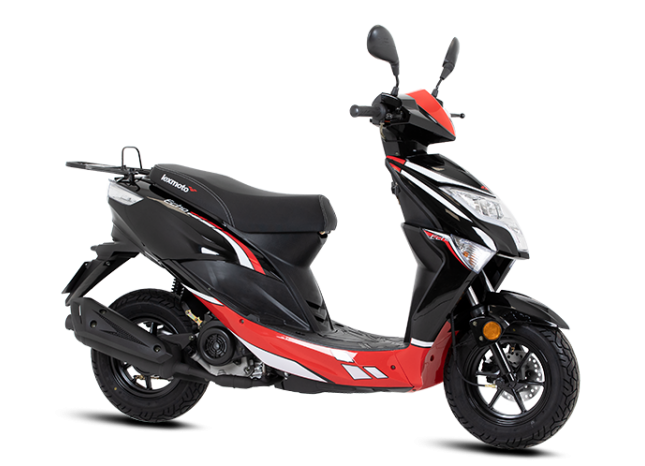
- Parked on a driveway in (dodgy) Dagenham, East London:
- Third-Party: £640
- Fully Comprehensive: £1065
- Parked in a locked garage in Stirling, Scotland:
- Third-Party: £225
- Fully Comprehensive: £340
Mash Fify 50 motorcycle, value £2400
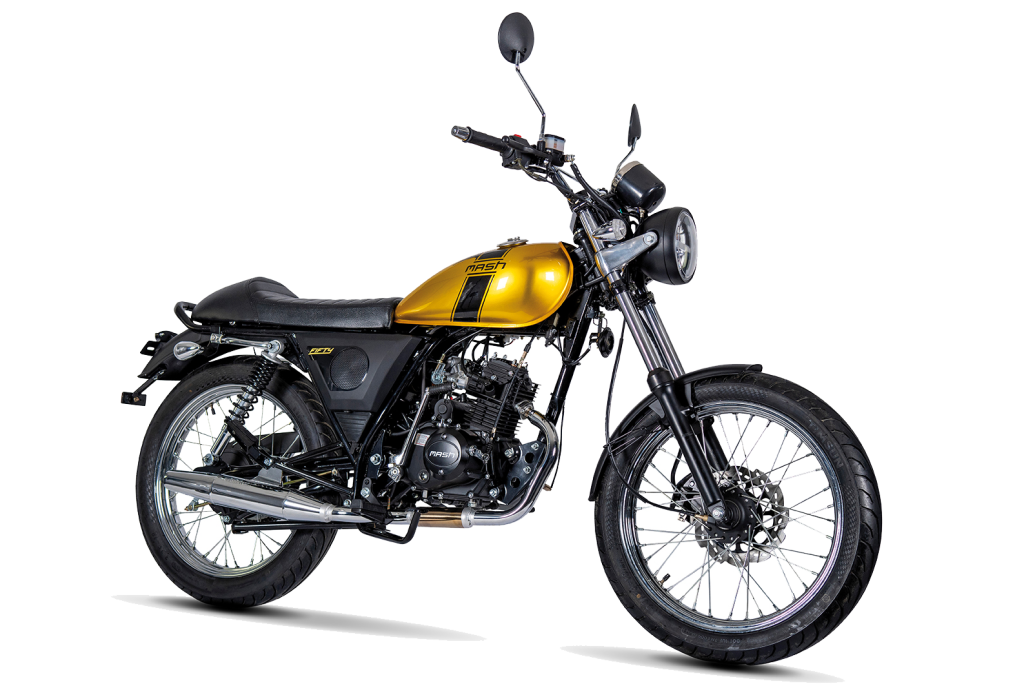
- Parked on a driveway in (dodgy) Dagenham, East London:
- Third-Party: £756
- Fully Comprehensive: £1509
- Parked in a locked garage in Stirling, Scotland:
- Third-Party: £216
- Fully Comprehensive: £485
Basically, expect to pay a hell of a lot more for an inner-city address. The value of your bike will affect third-party insurance quotes less so, as they won’t pay out for damage to the bike.
Check out our tips on finding cheap motorcycle insurance.
How do I ride a bigger/faster bike?
At 16, you can’t.
When you turn 17, you can ride a 125cc motorcycle or scooter. There’s much more choice when it comes to 125cc bikes, from scooters, geared motorcycles, cruisers, or race-replicas, some of which can hit 70mph odd. The good news is your CBT taken at 16 will allow you to ride a 125cc at 17 without any further tests or formalities.
At 19, you can go for an A2 motorcycle licence, which will let you ride a bigger bike up to 35kW or 47bhp (or a more powerful bike restricted to this limit).
Do I have to stick on ‘L’ plates?
You must display ‘L’ plates on the front and back of a bike until you have passed a motorcycle test. Your CBT is just basic training and not a motorcycle test.
At age 16 you can take an ‘AM’ motorcycle test that will let you remove the ‘L’ plates and take pillion passengers (good luck with that on a 50cc!)
At 17, you can take an ‘A1’ motorcycle test on a 125cc that will similarly, let you ditch the ‘L’ plates, take a pillion passenger, but also ride on a motorway.
At 19, you can take an ‘A2’ motorcycle test that will let you ride a more powerful motorcycle.
There is no automatic upgrade, you will need need to redo the motorcycle test at each stage. For those less than 19 years old, the cost and hassles of taking a test provide a minimal advantage, so many people will ride with just a CBT and ‘L’ plates until they’re 19 and then take the A2 test.
Check out our guide explaining motorcycle tests.
Will a 50cc now, help me get on a bigger bike later?
There’s no doubt the additional riding experience you’ll get from starting at 16 will help you later when you move up to 125cc and beyond. However, from a license point of view, it won’t help you progress any quicker than had you started at 17 on a 125cc.
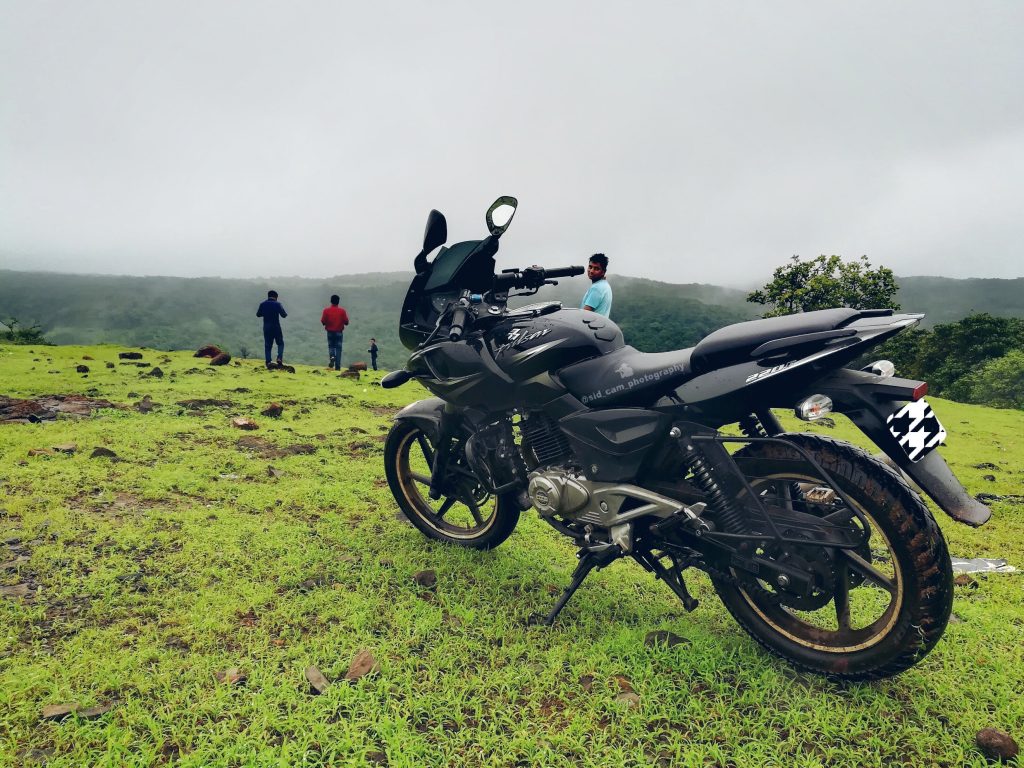 What can help a little financially, is building up 1 year of no-claims bonuses (NCB) on your insurance. Assuming you don’t crash and make an insurance claim in that first year, this NCB will earn you a good discount when insuring a bigger bike at 17. Based on some example quotes from July 2022, you can expect to get insurance on a 125cc at 17 around £200-300 cheaper. It doesn’t outweigh the costs of getting on a bike at 16, but it helps a little later on.
What can help a little financially, is building up 1 year of no-claims bonuses (NCB) on your insurance. Assuming you don’t crash and make an insurance claim in that first year, this NCB will earn you a good discount when insuring a bigger bike at 17. Based on some example quotes from July 2022, you can expect to get insurance on a 125cc at 17 around £200-300 cheaper. It doesn’t outweigh the costs of getting on a bike at 16, but it helps a little later on.
So, is it worth getting a 50cc motorbike at 16?
It’s certainly not going to be cheap getting on two wheels at 16, the cost of the bike, insurance and kit will soon add up. If you live in a big city or high-crime area, insurance will likely be prohibitively expensive. If you’re more rural, insurance might be affordable, but the longer distances you’ll need to travel could get tedious when limited to 30mph. Although it will provide good riding experience, it’s not going to help you get on a bigger bike any sooner, and the NCB discount you pick up certainly won’t outweigh the costs.
Ultimately, a bike limited to 30mph is only going to be, well, limited use. For shorter journeys, a bicycle will likely suffice just as well and will be far cheaper. Longer journeys will be slow going and possibly no quicker than using public transport. You will struggle to keep up with any biking buddies on 125cc or larger bikes and as soon as you turn 17, you’re going to want to swap that little 50cc for a 125cc.
 Overall, biking at age 16 is going to be a costly affair and heavily compromised by the limitations of a very small capacity 50cc bike. Unless you have an important and specific journey you can’t do by bicycle and have plenty of cash, I would suggest you save your cash and wait until you’re 17 before starting your motorcycle adventures.
Overall, biking at age 16 is going to be a costly affair and heavily compromised by the limitations of a very small capacity 50cc bike. Unless you have an important and specific journey you can’t do by bicycle and have plenty of cash, I would suggest you save your cash and wait until you’re 17 before starting your motorcycle adventures.
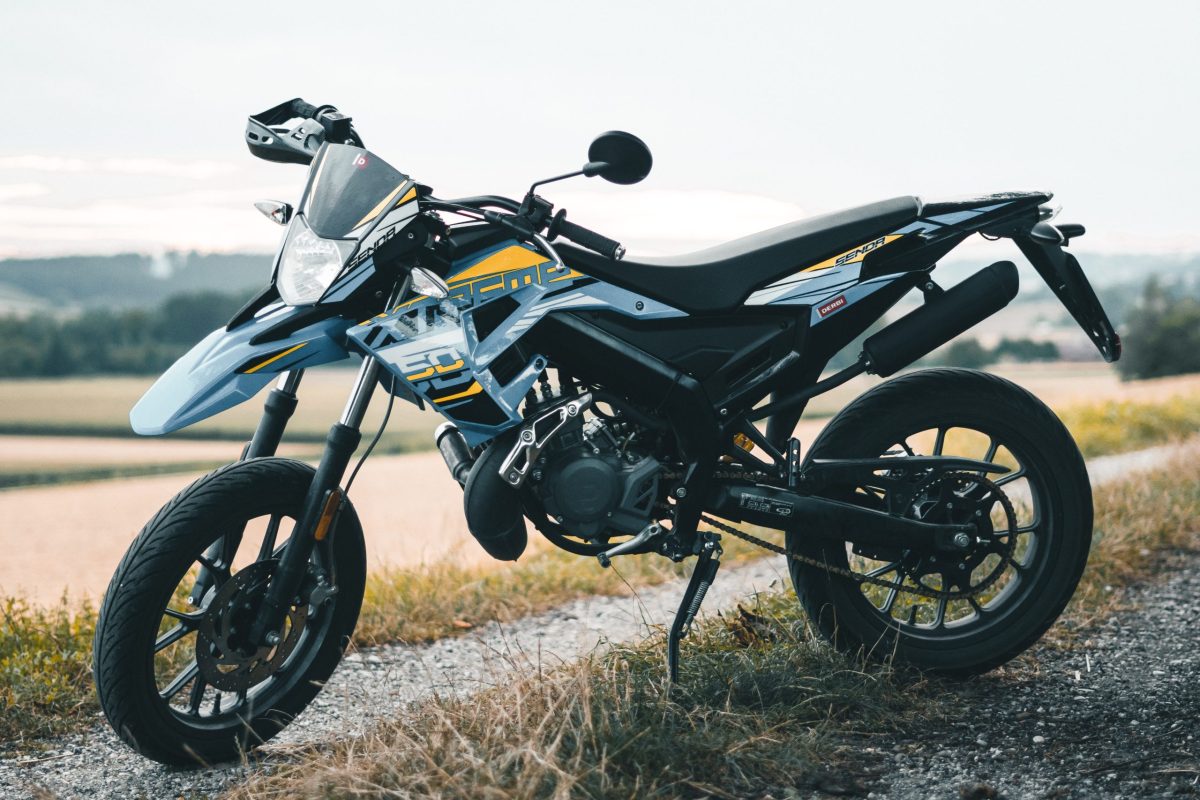
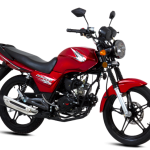
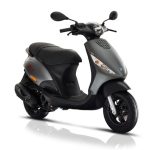
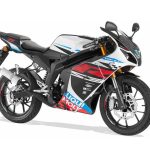
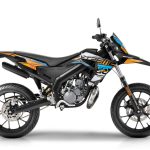
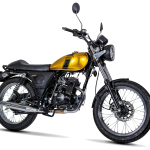
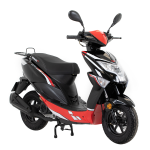

One reply on “Is it worth getting a 50cc motorbike at 16?”
At 16 my Mother dragged me to a Motorcycle shop , got me a Suzuki X1 , I have never looked back. I didn’t want a bike but those 12 months on a 50 cc we’re priceless. I’m 60 now and have enjoyed every year riding.